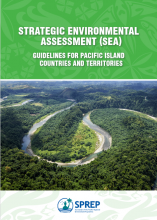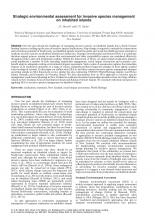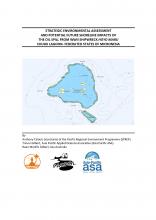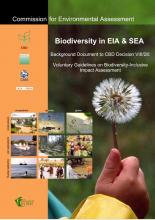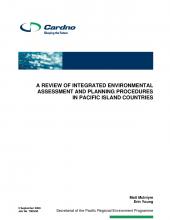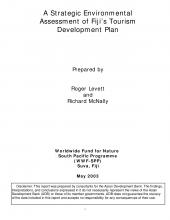House sparrow eradication attempt on Robinson Crusoe Island, Juan Fernández Archipelago, Chile


Island and Ocean Ecosystems, BRB
Available Online
Bonham, J.
,
Campbell, K.
,
Hagen, E.
2019
House sparrows (Passer domesticus) compete with native bird species, consume crops, and are vectors for diseases in areas where they have been introduced. Sparrow eradication attempts aimed at eliminating these negative effects highlight the importance of deploying multiple alternative methods to remove individuals while maintaining the remaining population naïve to techniques. House sparrow eradication was attempted from Robinson Crusoe Island, Chile, in the austral winter of 2012 using an experimental approach sequencing passive multi-catch traps, passive single-catch traps, and then active multi-catch methods, and finally active single-catch methods. In parallel, multiple detection methods were employed and local stakeholders were engaged. The majority of removals were via passive trapping, and individuals were successfully targeted with active methods (mist nets and shooting). Automated acoustic recording, point counts and camera traps declined in power to detect individual sparrows as the population size decreased; however, we continued to detect sparrows at all population densities using visual observations, underscoring the importance of local residents participation in monitoring. Four surviving sparrows were known to persist at the conclusion of eff orts in 2012. Given the lack of formal biosecurity measures within the Juan Fernández archipelago, reinvasion is possible. A local network of citizen observers is the best tool available to detect house sparrows at low density, however ongoing, dedicated eradication funding does not exist. Opportunistic removals via shooting have been possible from 20132016, but elusive individual sparrows were seen during a small number of days each year suggesting remnant group(s) exist in yet unknown forest locations.

